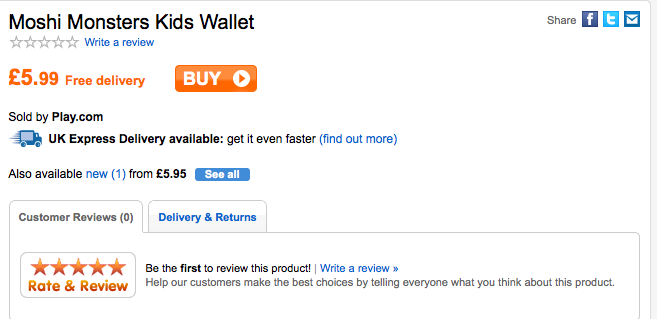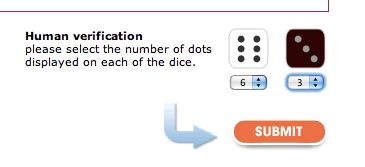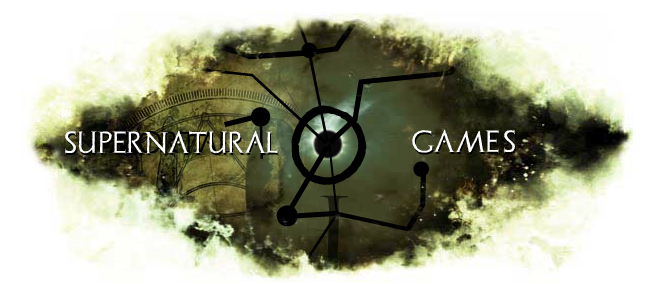From Casual_Games_SIG/Whitepaper
Players mostly women 35+
Spend 9 hours a week on pick up and drop games
successful casual games must:
* Seem accessible to players with varying levels of familiarity and dexterity with computer controls;
* Engage players who may not be familiar with various game genres
* Attract players by offering easy-to-learn games that are inviting and generally non-violent;
* Interact with players who are accustomed to user interface conventions from the traditional retail market.
Top Genres
Web game genres vary as widely as every other game platform. And like other platforms, genre popularity varies between age and gender groups.
Action / Arcade, Sports, Strategy, Role-Playing Games (RPG) all tend to skew to a younger and more male audience.
Board / Card, Casino, Puzzle, Action Puzzle, Word typically command an older but gender equal player base.
Certain Puzzle and Action Puzzle titles have mostly female audiences. All of the above genres can be created as multiplayer, but today this is typically only seen with Card/Board, Word, and Casino games.
Game Genre Examples
Puzzle Magic Match, (Oberon Media/Codeminion)
Mystery Case Files: Huntsville, (Big Fish Games) Tropix, (GameHouse/Robot Super Brain)
Mah Jong Mah Jong Adventures, (Skunk Studios)
Mahjong Escape – Ancient China, (Playtime) Mah Jong Quest, http://www.iwin.com (iWin)
Word Games Big Kahuna Words, (Reflexive)
Pat Sajak’s Lucky Letters, (Adveractive/Playtonium) Super Wild Wild Words, (GameHouse)
Casual-Action Cake Mania, (Sandlot Games)
Diner Dash, (PlayFirst/ gameLab) Feeding Frenzy 2, (PopCap)|
Card & Board Ancient TriPeaks, (Toy Box Games)
Hotel Solitaire, http://www.zylom.com (Zylom) Sudoku, (GameDesire)


